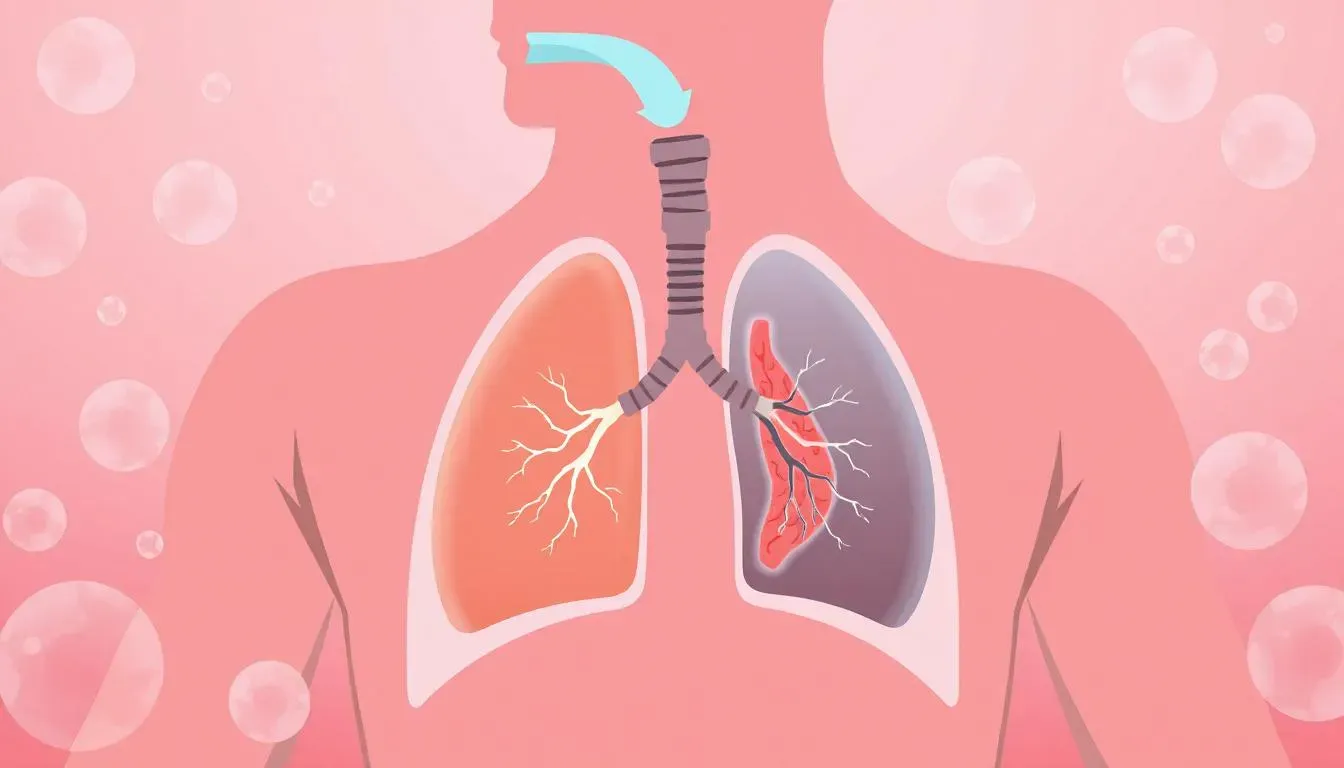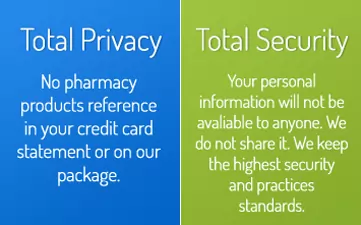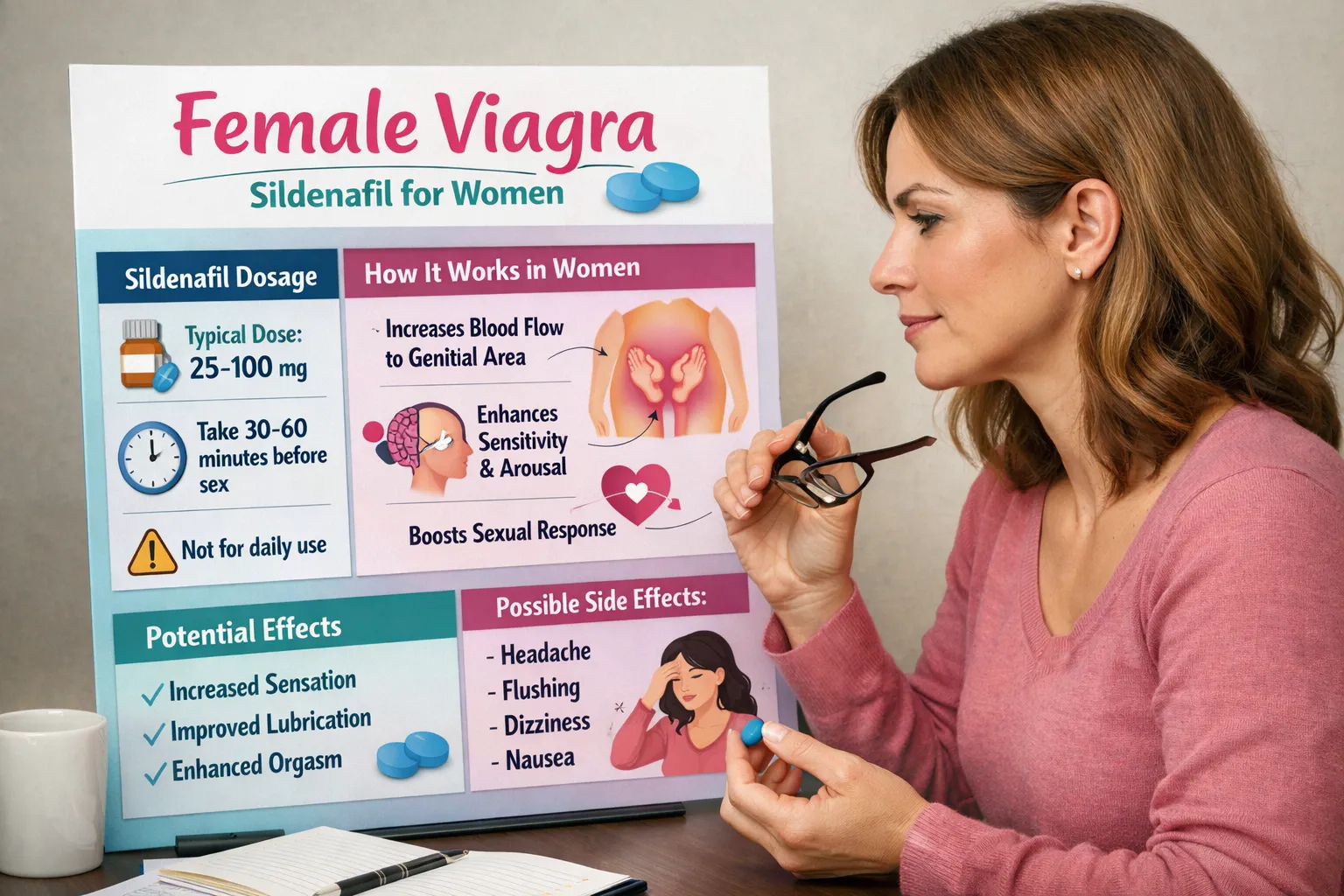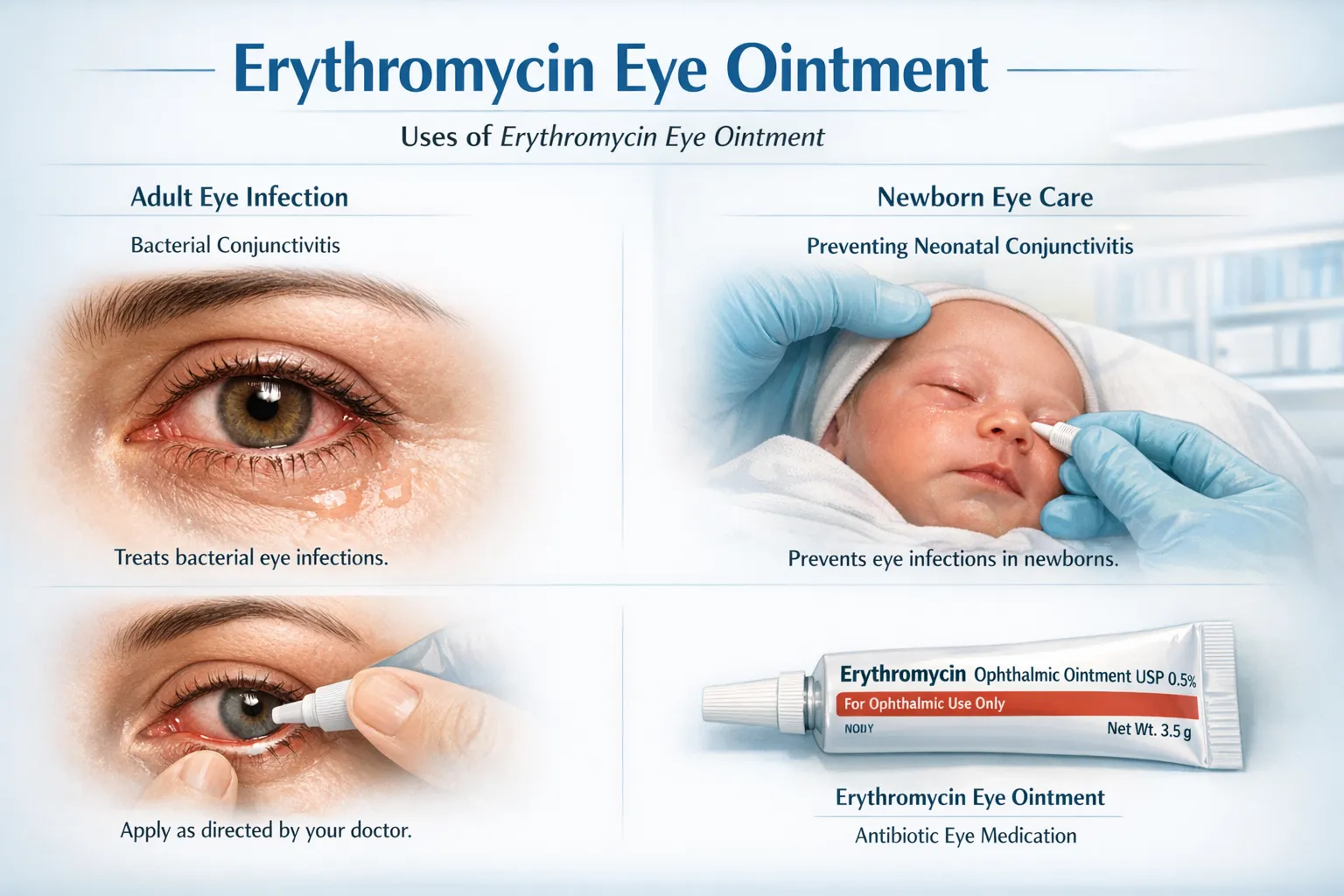
How Budesonide Works in the Body: Uses, Dosage, and Safety
How Budesonide Works in the Body: Uses, Dosage, and Safety What Is Budesonide? Budesonide is massively useful for reducing Crohn's disease which is an inflammatory bowel disease. These medications are also an effective option for reducing the intestines to reduce inflammation. Taking the appropriate budesonide nebulizer dose for adults helps to keep the symptoms of Crohn's disease from coming. These are completely cortisone medicines suitable for providing the massive benefits. The budesonide nasal spray is the best option for mild ulcerative colitis based on inducing remissions. Budesonide also has completely delayed-release capsules which are useful for reducing the level of protein in urine. Patients who have Proteinuria in urine due to kidney diseases will be as primary immunoglobulin A Nephropathy has a higher risk of progressing. You can get more detailed information regarding the Budesonide by accessing the Grant Pharmacy. How Budesonide Works? Budesonide is medicine which is corticosteroid also called a steroid. Budesonide works similarly to hormones produced in the adrenal glands. Adrenal glands will be seen above your kidneys. The budesonide nebulizer dose for adults works by reducing the activity of the immune system. These amazingly reduce swelling in the lungs which makes it difficult to breathe. These medications help prevent getting symptoms like wheezing. Budesonide does not work as a reliever to help treat an asthma attack on its own when you suddenly get a cough. You would be given a separate reliever inhaler. An inhaler involves the combination of budesonide as well as formoterol. These medications work as a preventer as well as a reliever when the symptoms worsen. How to Use Budesonide? Taking the exact budesonide dosage based on the prescription suggested by the doctor is most important for getting the suitable results. These do not involve any kind of side effects in the body. It is essential to know about budesonide inhalation suspension how to use it to access the Grant Pharmacy. Budesonide is useful for reducing asthma attacks so they are not used for stopping an attack which already started. You must not use more of the budesonide inhalation as this can cause side effects. You must not use it more often than your doctor ordered. It is best not to stop taking budesonide inhalation without telling your doctor as this can increase the chance of side effects. Budesonide medicine helps prevent asthma attacks so these must be used every day in regular spaced doses as prescribed by the doctor. Budesonide medicine begins to work in about 24 hours so it can be taken for about three weeks. It helps you to feel the full effects within a short time. Budesonide medicine comes as a powder so you can breathe into the lungs with a special inhaler upon placing it in the mouth. These can be used by adults aged 6 years of age. Budesonide medicine comes with the patient instructions. You need to read the instructions carefully before using this medicine. Check with your doctor when you do not understand the instructions about the medicine. Your child should use another medicine to get relief from an asthma attack when the medicine is not working. Check with your doctor when you have any questions about how can you take budesonide long term. You need to use this budesonide medicine as directed. You can follow the instructions below for budesonide inhalation in the best manner. You can hold the budesonide inhalation pack with the white cover points up. You need to twist the cover by lifting it off. Hold the inhaler upright with the brown grip along with twisting it in the middle of the inhaler fully in a single direction. You can then go back again in the other direction until you hear a click. It is best to repeat the process one more time. Twist the cover after the inhaler is primed so you can lift it off. Hold the budesonide inhaler in the upright position to load a dose. You can twist the grip fully in the same direction until it goes. You will hear a click when you fully back again in the other direction. Do not shake the inhaler so you can turn your head away from the inhaler to breathe out. Place the budesonide mouthpiece between the lips to breathe in deeply. You can consult the doctor if you would like to know budesonide inhalation suspension how to use for the first time. Remove the inhaler from your mouth to breathe out upon taking the puff. Precaution of Drugs: You must not change your dose without checking with your doctor. The doctor can gradually reduce the amount you are using before stopping it. The health conditions also become worse when budesonide is stopped suddenly. You need to talk to the doctor when you have an unusual or allergic reaction to budesonide nasal spray. Talk to your health care professional if you have any other types of allergies upon taking it. There are no data demonstrating that pediatric-specific problems limit the usefulness of budesonide spray in children 12 months. The safety of budesonide has not been established in children younger than 12 months of age. Appropriate studies have not been conducted about the geriatric-specific problems upon using the inhaled budesonide in old age people. Elderly asthma patients are more likely to have age-related liver as well as kidney problems. The patients may require an adjustment in the dose while getting the inhaled budesonide. Side Effects: You’re unlikely to get any lasting side effects when you use your inhaler as recommended by your doctor. You can consult the doctor to know how can you take budesonide long term. Some of the common side effects you may get are Chills Congestion Cough Diarrhea Fever General Feeling Of Discomfort Joint Pain Headache Dryness Loss Of Appetite Drug Interactions: There are certain medicines that must not be used together with the budesonide causing interactions. It is important that your healthcare professional knows about the medicine you are taking. You need to avoid these medicines such as Desmopressin Mifepristone Levoketoconazole Atazanavir Amprenavir Bemiparin Balofloxacin Besifloxacin Berotralstat Aprepitant Aspirin Adagrasib Bupropion Conclusion: Budesonide generally delivers a small amount of steroid medicine exactly. It limits the amount of steroid reaching the rest of your body. Budesonide spray is best way for reducing the conditions of the lungs as well as intestines. Budesonide may not deliver the right amount of medicine with the first puff when you use it for the first time.






















